- Sponsored Content
 Smart home devices and home automation apps are becoming increasingly essential in modern lifestyles, offering convenience and simplifying daily routines. The integration of smart technology in homes serves to make daily life more efficient and responsive to individual needs.
Smart home devices and home automation apps are becoming increasingly essential in modern lifestyles, offering convenience and simplifying daily routines. The integration of smart technology in homes serves to make daily life more efficient and responsive to individual needs.
The Interconnected Household
Smart homes are characterised by interconnected devices that communicate with each other and with their users, creating a responsive and efficient environment. However, it’s important to note that Internet of Things (IoT) devices and applications vary in their automation and customization capabilities.
To select the right smart devices, it’s crucial to understand your specific needs and preferences. Devices vary in features and capabilities, offering solutions for climate control, security, entertainment, and energy management. Choosing the right devices ensures they align with your lifestyle and enhance your home’s functionality.
Specialised Smart Home Apps
Security with the Nest App: Google’s Nest line offers a central hub for managing security-focused IoT products like thermostats, doorbells, smoke detectors, and cameras. The Nest App automates security aspects and enables remote control over home aspects.
Lighting with the Phillips Hue App: This app manages the Phillips Hue smart lighting system, allowing control and customization of home lighting. Users can adjust brightness, color shades, and utilize pre-set lighting scenes.
Network Control with the Race CommandIQ App: Designed for Race Communications subscribers, this app offers advanced network management, bandwidth prioritization, cybersecurity features, and parental controls.
 Centralised Control: Diverse Smart Home Apps
Centralised Control: Diverse Smart Home Apps
Centralized home automation apps like Amazon Alexa, SmartThings, and Google Home are transforming interactions with smart devices. These apps consolidate control into a single hub, offering compatibility and seamless integration among various devices.
Home Assistant: An open-source app providing centralized control for all IoT devices. It supports over 1900 integrations and allows flexibility in setting up home automation systems.
SmartThings: Compatible with numerous smart home brands, offering services like SmartThings Energy, HomeCare Wizard, and SmartThings Labs for energy monitoring and appliance management.
Amazon Alexa: Known for voice command functionality, it supports a wide range of devices and platforms. Features like Hunches automate routine tasks for added convenience.
IFTTT (If This Then That): This app facilitates communication between IoT devices, allowing for custom commands and extending its utility to business and social media.
Choosing the Right Home Automation App
The overall user experience in a smart home heavily depends on the choice of home automation app. It’s essential to research and select an app that aligns with the type of IoT devices you own and your automation priorities.
Many IoT devices come with dedicated apps designed to maximize their functionality, while others facilitate communication between various devices. Prominent apps in this category include Amazon Alexa, SmartThings, Google Home, and Apple HomeKit, each offering unique features and integrations.
The choice of a home automation app significantly impacts the functionality and convenience of a smart home. Whether you prefer an app tailored to specific devices or one with broader integration capabilities, it’s crucial to consider how the app fits with your devices and home automation goals. The right app ensures a seamless and efficient smart home experience.
Upcoming New Luxury Condominium at East Coast
Meyer Blue is an upcoming prestigious development by UOL Group and Singapore Land Group, located along Meyer Road in District 15 on Singapore’s east coast, offering luxury living with convenient access to upcoming Tanjong Katong and Katong Park MRT stations. Positioned near prominent schools and comprising around 200 units on a freehold land of the previous Meyer Park condo, this development is a strategic investment in line with UOL and Singland’s goal of enhancing their portfolios with prime freehold properties. Sign up for a preview of the meyer blue showflat when it opens.


 Centralised Control: Diverse Smart Home Apps
Centralised Control: Diverse Smart Home Apps Meadesmoore
Meadesmoore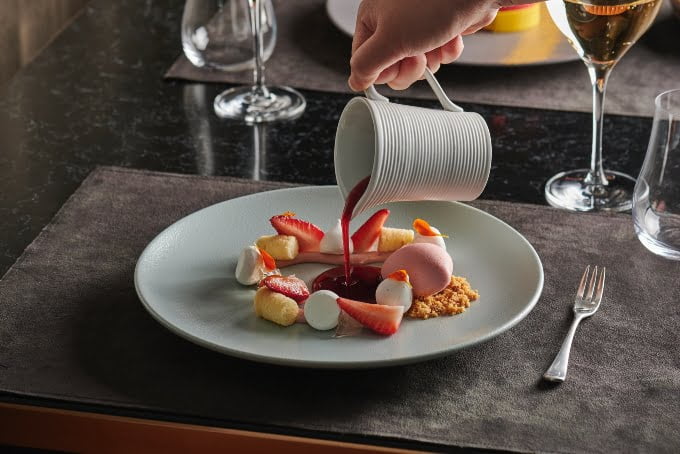 VUE
VUE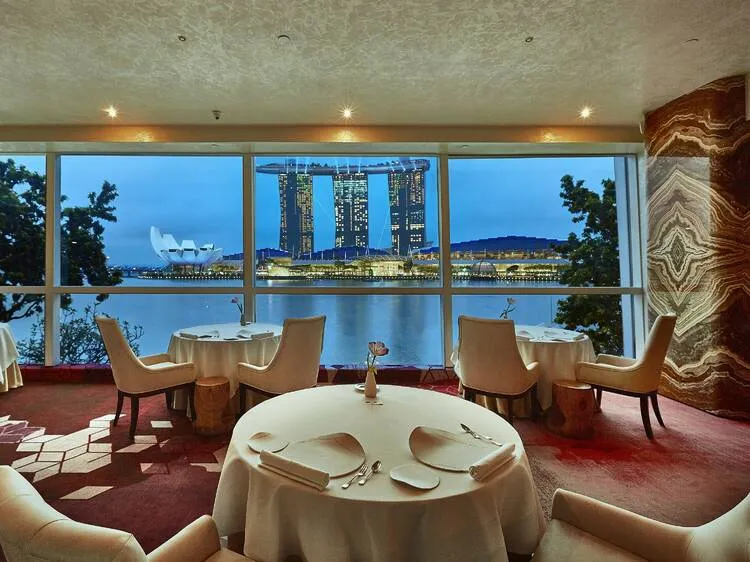 Saint Pierre
Saint Pierre  CE LA VIE
CE LA VIE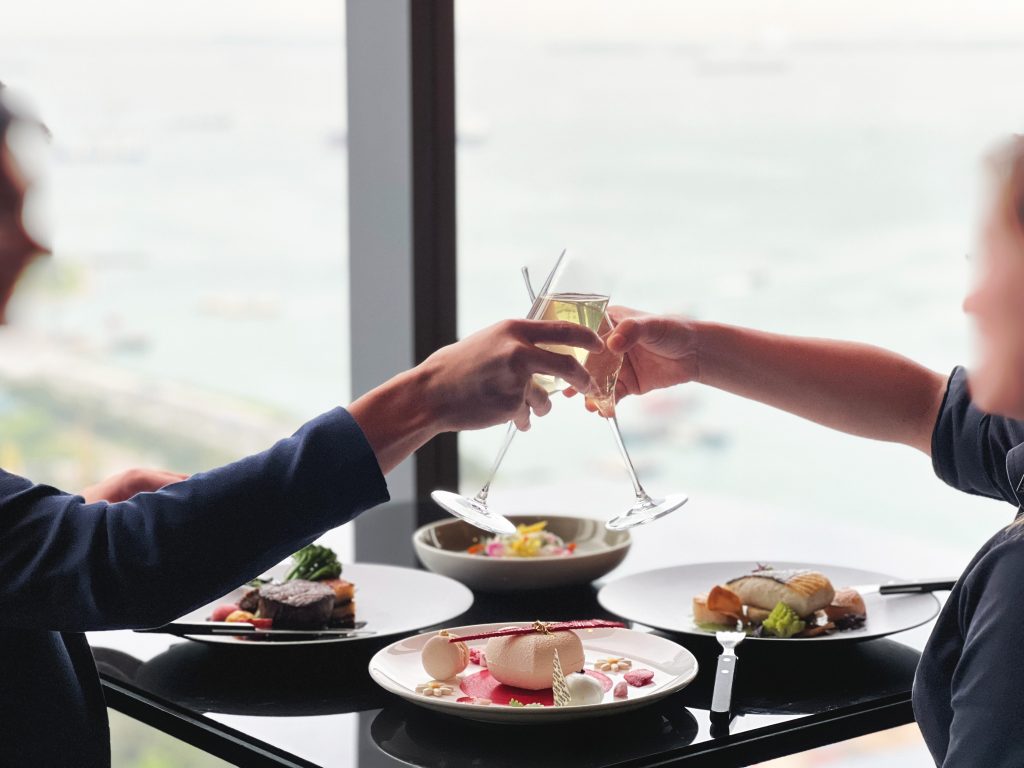 The Westin Singapore
The Westin Singapore Artemis Grill & Sky Bar
Artemis Grill & Sky Bar 
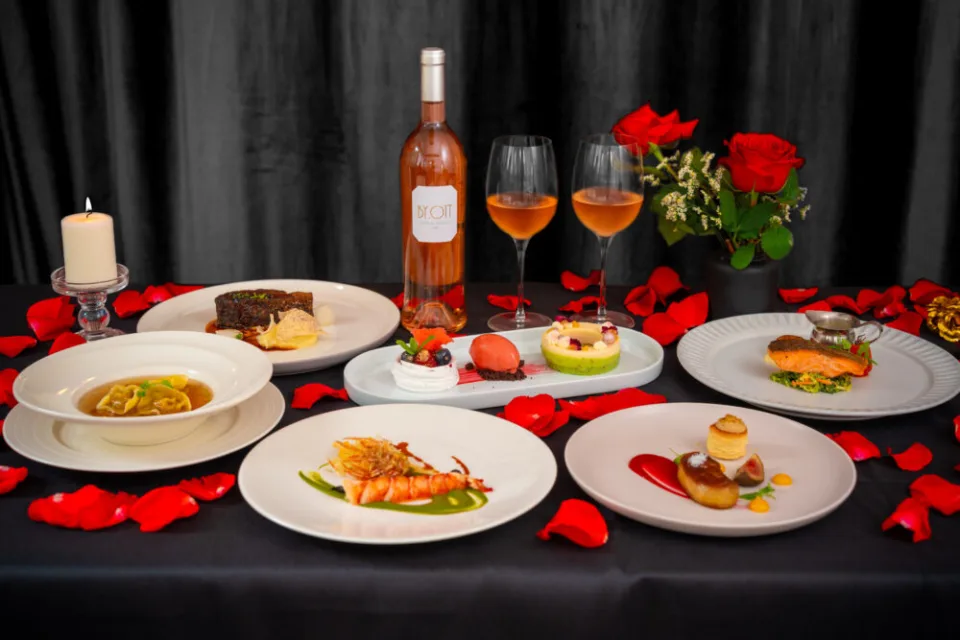 Cinder Steakhouse
Cinder Steakhouse 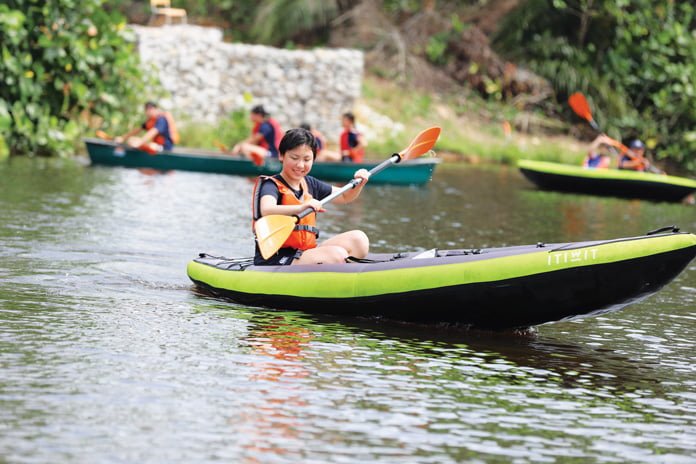

 Marlborough College Malaysia
Marlborough College Malaysia Can you keep a secret? The members of ANZA’s
Can you keep a secret? The members of ANZA’s 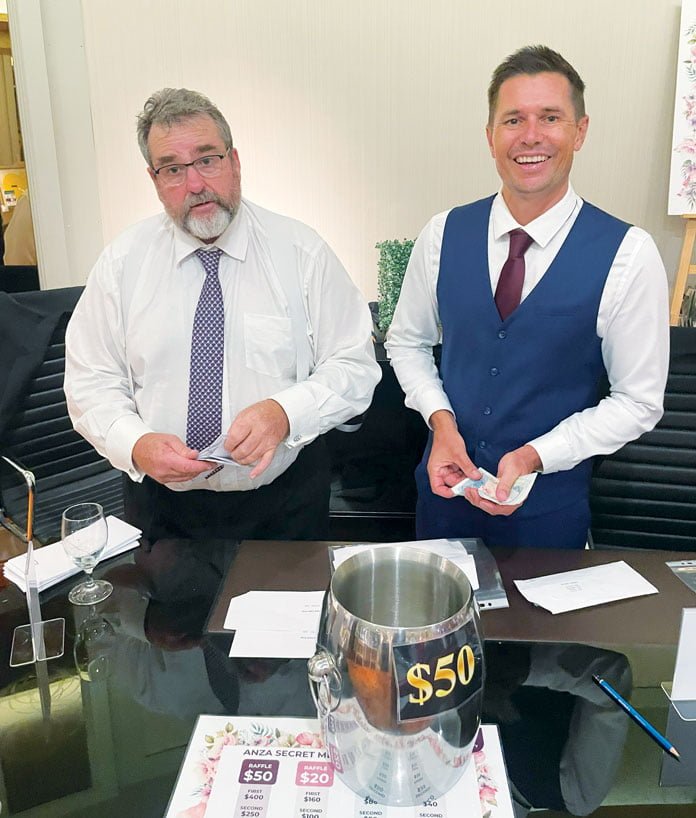
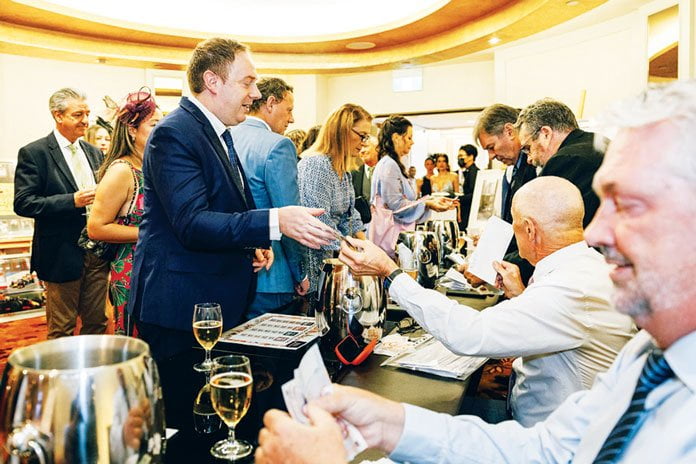
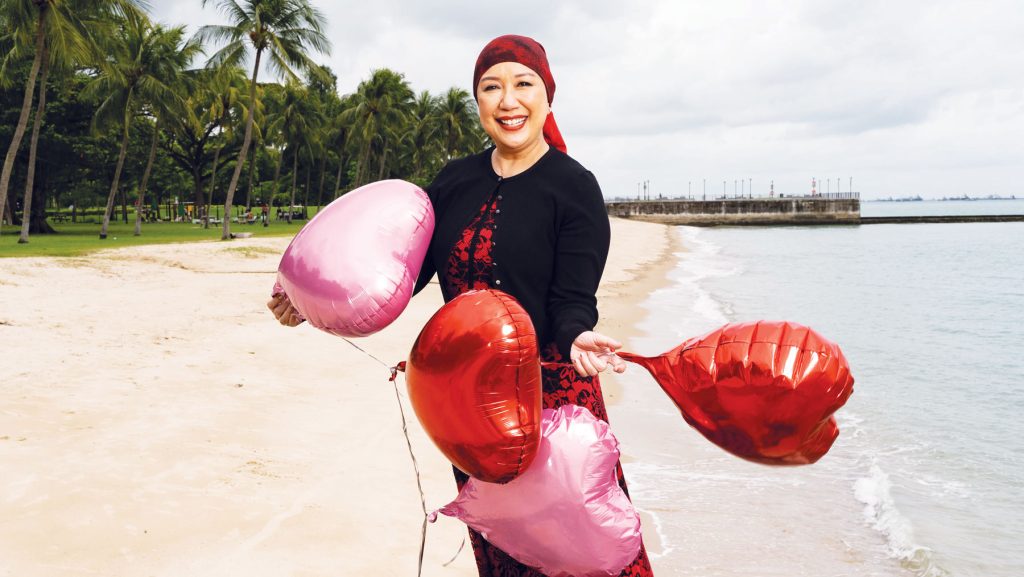
 Was it easy to master the art?
Was it easy to master the art? 

 Whether or not you are close to your friend’s children, if you spend time on social media sites such as Facebook,
Whether or not you are close to your friend’s children, if you spend time on social media sites such as Facebook,  But is sharenting just another form of Too Much Information (TMI)?
But is sharenting just another form of Too Much Information (TMI)?

 Tooth Trauma #3: Dealing with a Knocked Out Tooth
Tooth Trauma #3: Dealing with a Knocked Out Tooth


 Written by Dr Sundus Hussain-Morgan (MBBS, MRCP, MRCGP, Board Certified in Lifestyle Medicine)
Written by Dr Sundus Hussain-Morgan (MBBS, MRCP, MRCGP, Board Certified in Lifestyle Medicine)

